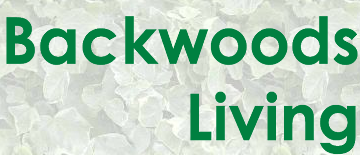Making Raw Honey Safe
Raw honey differs from most store bought honey in that it has not been pasteurized. Pasteurization kills any wild yeast that may be found in the raw form, which can lead to intestinal upsets. Pasteurization does not destroy the small amounts of Clostridium botulinu spores which may be present in raw honey, which is why you should never feed honey to an infant less than a year old or those with auto-immune disorders.
Pasteurization is a simple process you can do in your own kitchen. Be aware though, it will change both the flavor and the color of the final honey product. It will still be great honey, but will no longer have that rich, raw flavor.
Equipment Needed
Saucepan
Candy Thermometer
Clean jars with lids
The Process
Pour the honey into a clean saucepan and set the pan over medium heat. Insert a candy thermometer into the honey deep enough that the entire tip of the thermometer is immersed in the liquid.
Heat the honey until it reaches 145 degrees and then maintain that temperature for 30 minutes. You will probably need to lower the heat setting on the stove once the required temperature has been reached.
Pour the pasteurized honey into clean jars and seal with a tight fitting lid. Store honey at room temperature to prevent crystals from forming prematurely.

